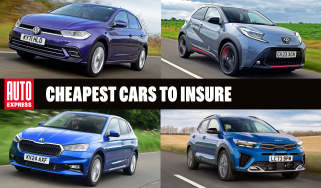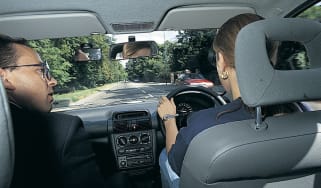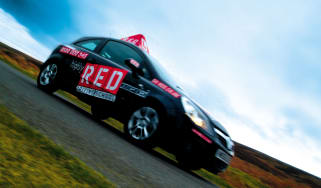How to get your driving licence
This is our simple, step-by-step guide to getting your full UK driving licence and learning to drive
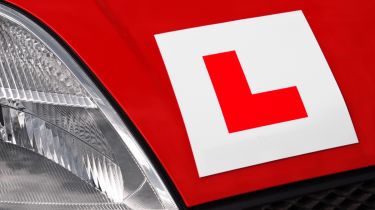
If you're considering learning to drive and achieving a full UK driving licence, then take it from all of us here at Auto Express that it's something we highly recommend. Not only does it open doors which lead to awesome road trips, exciting B road jaunts and a life-long love affair with cars, but perhaps more importantly, it also makes you more attractive to employers and presents you with a level of freedom no other mode of transport can match.
Even if you are unsure as to whether or not to under take the challenge of learning to drive, we strongly advise you to try it, as the worst case scenario is that you don’t enjoy it and stop. In the best case, you’ll have miles and miles of fun!
But the question remains, how to go about learning to drive in the UK? Fortunately, that is exactly where this guide comes in. To make things relatively easy, the path involved in getting from a provisional driving licence to passing your test and pootling down the road all by yourself is fairly well defined. That being said, there are several vital points and procedures that you as a driver need to be aware of along the way, so be sure to read the details below carefully.
Scroll down the page for our complete guide to getting a UK driving licence and learning to drive a car. If you need further information in any particular area, we’ve added extra links to the relevant pages.
How to get a driving licence
- Apply for a provisional licence: you have to be 15 years and 9 months old (or over) to do this.
- Pass your theory test: this involves multiple choice questions based on the Highway Code and a hazard perception test
- Pass your practical driving test: made up of vehicle safety questions, an eyesight check and a driving ability test with an independent driving section.
- Apply for your full UK driving licence: fill out the forms and start driving!
How to apply for a provisional driving licence
The first step on the road to a full UK driving licence is applying for your provisional driving licence. You have to live in Great Britain (there’s a different service in Northern Ireland) and you have to be at least 15 years, nine months old. If you want to drive a car, you’ll need to be at least 17 before you can do so on UK roads.
There are, however, exceptions to the age limit. You can get a provisional licence and take your car driving test at 16 if you receive the Personal Independence Payment (PIP) that’s made to long-term sick or disabled people.
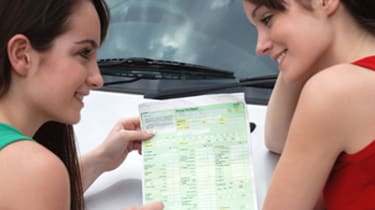
16-year-olds can also drive some specially-classified lightweight cars with a provisional licence. These ‘light-quadricycles’ must weigh under 350kg and have a top speed of under 28mph. They’re classified with mopeds and can be driven with a provisional licence after taking the Compulsory Basic Training (CBT) that you need to ride a scooter or motorcycle.
To get your provisional driving licence you must meet the minimum age and eyesight requirements and live in Great Britain. You can then complete the application form, either online or by ordering a hard copy from the DVLA, provide proof of identity and pay the fee. Do all that and your provisional licence will be sent to you in the post.
Learn to drive
With a provisional driving licence under your belt, you’re free to start learning to drive a car on public roads, but there are strings attached.
You must be accompanied at all times by a full licence holder who is over 21, qualified to drive the vehicle you’re driving and has held their licence for three years. You’ll need to display L-plates (D-plates in Wales) and you can’t drive on motorways.
Most learners do a mixture of paid-for driving lessons with a qualified instructor and informal practice with a member of their family or a friend who meets the criteria above. There’s no minimum amount of practice you have to do before taking your driving test, so in theory you could apply for it straight away - but it’s better to get evaluated by an instructor before wasting money on a test appointment you may not be ready for.
Take a driving theory test
What you will definitely need to do before taking your practical driving test is take and pass your theory test. All you need to take the theory test is your provisional licence, enough cash to cover the fee and a decent grasp of the Highway Code.
You can book the theory test online or over the phone and it takes the form of a set of 50 multiple choice questions followed by a 75-point hazard perception test. There are free online tests where you can practice both parts of the theory test, but you’ll have to go to the test centre to take the real one and if you fail you have to wait at least three working days before taking it again.

Anyone who has taken the Government’s Safer Road User Award can take a special abridged version of the theory test. It costs a bit less and only has 35 questions instead of the usual 50. They still have to do the hazard perception test, which involves watching 14 video clips of road scenes on a computer screen and identifying hazards. If you pass, you’ll get a theory test pass certificate.
Take a practical driving test
And now we come to the crunch, the practical driving test. At this point you’re just one hurdle, guarded by a clipboard-wielding examiner, away from a life on the open roads.
To book your driving test you need to have passed your theory test. Then it’s just a matter of supplying your driving licence number and paying the fee. On the day of your test, you’ll need both parts of your provisional driving licence and your theory test pass certificate.
No matter how skilled you are behind the wheel, the driving test can still be a daunting prospect. The secret is to prepare properly, know what to expect and, if at all possible, try to relax.
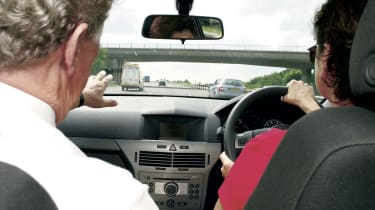
The practical driving test kicks off with an eyesight check where you’re required to read a car number plate from 20 metres away. Then it’s the two ‘show me, tell me’ questions relating to vehicle safety and only then do you get behind the wheel.
The driving ability assessment includes various manoeuvres that your examiner will ask you to perform. It will usually include a hill start, an angled start from behind a parked car and normal braking tests. You’ll usually also be asked to perform either a reverse around a corner, a turn in the road or a reverse park.
Once that’s out of the way, it’s onto 20 minutes of independent driving by following either directions from a sat nav or road signs. The examiner will tell you which you have to follow, and set up the sat nav up for you. It doesn’t matter if you get lost or go the wrong way, the key is to drive well and safely.
Get your full UK driving licence
If you make fewer than 15 driving faults and no serious faults over the course of your whole driving test, you’ll pass. Your driving examiner will give you a pass certificate and ask you if you’d like your full licence sent to you automatically in the post.
You don’t have to wait for the licence to arrive though. You can start driving on your own straight away.
If you fail, you’ll need to wait at least 10 working days before you can take another test but we hope that doesn’t happen. Good luck from the team at Auto Express!
First Cars on Auto Express...
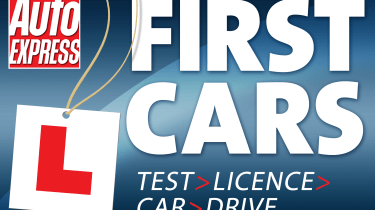
Everything you need to know about learning to drive, getting your driving licence and choosing your first car...
Learning to drive
Passing your driving test
- Driving theory test: everything you need to know
- Hazard perception test: what to expect and how to pass
- Driving test 'show me, tell me' quesions: hints and tips
- Practical driving test: how to pass
- Driving test pass rates explained
- Driving test aids product test
- History of the UK driving test
Getting your first car
- Best first cars for young drivers
- Cheapest cars to insure
- Cheaper car insurance for young drivers: our top tips
For all the latest car news, features, tips and advice, follow Auto Express on Twitter and like us on Facebook...
Find a car with the experts




